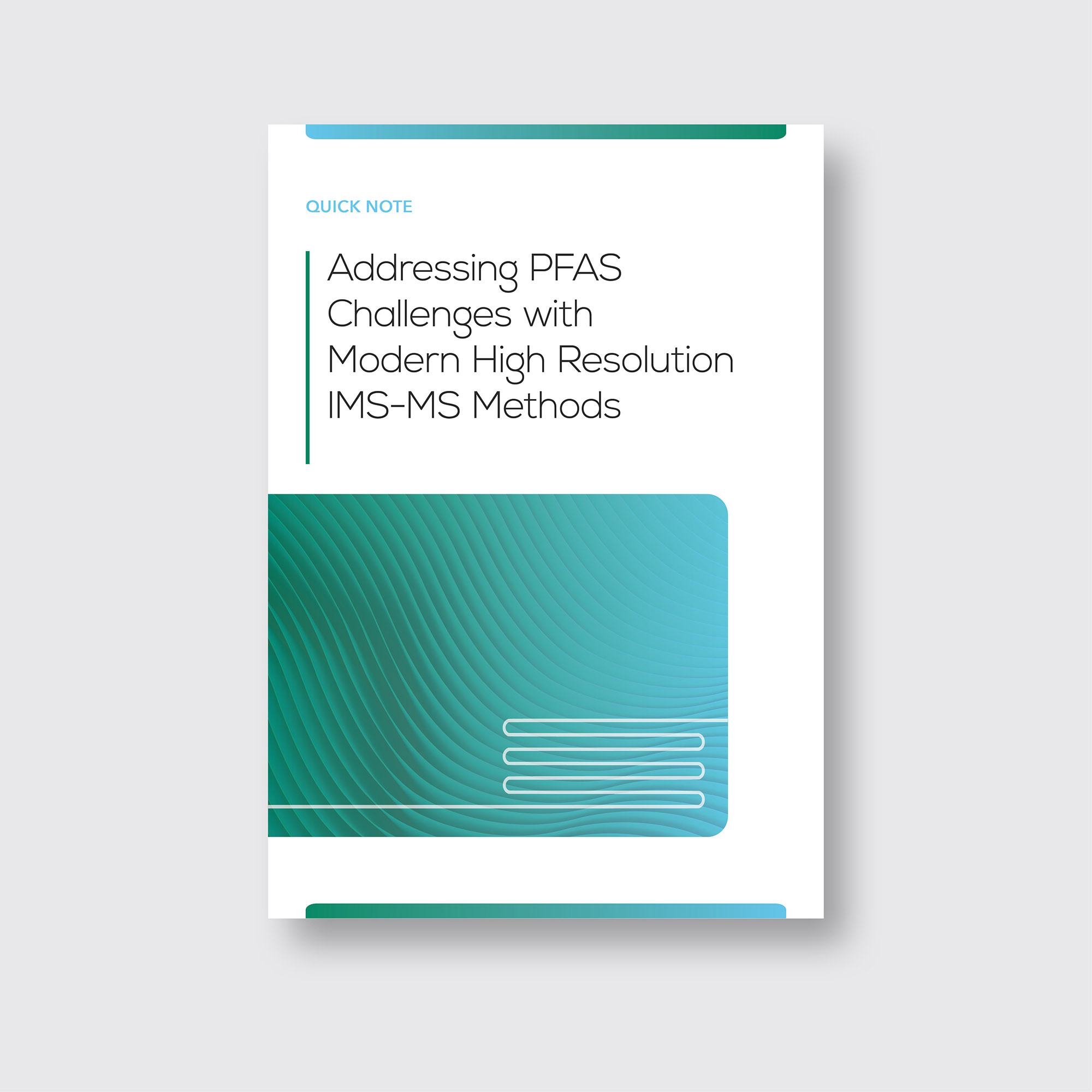SLIM IMS-MS for Characterization of Antibody Drug Conjugates (ADCs)

Rapid and Simultaneous Characterization of Drug Conjugation in Heavy and Light Chains of a Monoclonal Antibody Revealed by High-Resolution Ion Mobility Separations in SLIM
Gabe Nagy, Isaac K. Attah, Christopher R. Conant, Weijing Liu, Sandilya V.B. Garimella, Harsha P. Gunawardena, Jared B. Shaw, Richard D. Smith, and Yehia M. Ibrahim
Antibody–drug conjugates (ADCs) display great promise for human therapeutics as an alternative to chemotherapy for cancer. Crucial metrics for ADC efficacy, safety, and selectivity are their drug–antibody ratios (DARs). However, DAR characterization through traditional analytical methods remains challenging due to the heterogeneity of drug conjugation and the numerous post-translational modifications possible in the monoclonal antibody. This paper explores how MOBILion’s HRIM-MS technique (also known as SLIM IMS-MS) was used for the characterization of antibody–drug conjugates (ADCs).
The paper, published in Analytical Chemistry, concludes:
- The use of SLIM IMS-MS for the rapid and simultaneous characterization of the drug load profile (i.e., the stoichiometric distribution of the number of conjugated drugs present on the mAb), determination of the weighted average DAR in both the heavy and light chains of a model antibody–drug conjugate, and calculation of the overall DAR of the ADCs.
- Critical to evaluating the toxicity and efficacy of ADCs is the characterization of their drug-to-antibody ratios (DARs), or the average number of drugs conjugated to the mAb. This has become such a significant issue that the FDA has declared the use of novel analytical techniques for mAb and ADC characterization a top priority.
- However, DAR determination remains analytically challenging due to the heterogeneous distribution of drug molecules conjugated along the monoclonal antibody (i.e., the drug load profile) and the complexities arising from the many possible mAb post-translational modifications (e.g., glycosylation, deamidation, or oxidation).
- Existing IMS-MS separations have not yet been fully integrated into the pharmaceutical pipeline for ADC analysis, largely due to insufficient IMS resolution of conformational or positional differences based on drug conjugation.
- HRIMS separations utilizing traveling waves (TW) in SLIM, coupled with mass spectrometry (i.e., SLIM IMS-MS), have been developed to study ADCs.
- HRIM-MS separations benefit from long serpentine paths and the ability to route ions through even longer paths using serpentine ultralong paths with extended routing (SUPER) multipass capabilities.
These advancements have greatly increased the resolving power (Rp) of IMS measurements (>1000), especially compared to commercially available IMS platforms, while also benefiting from the ability to inject ions “in-SLIM.”
.avif)





